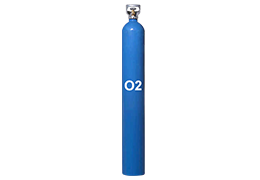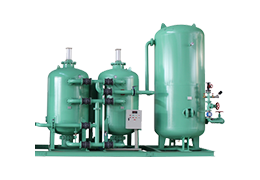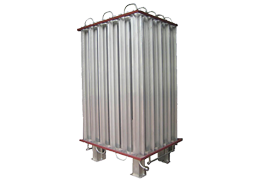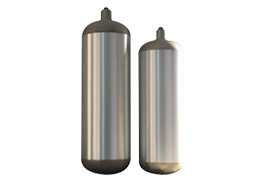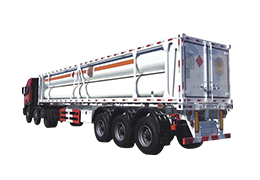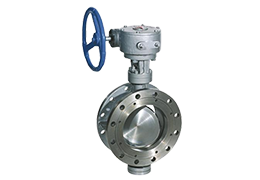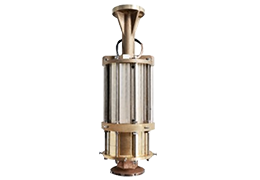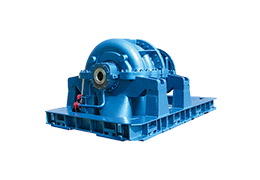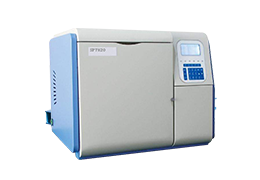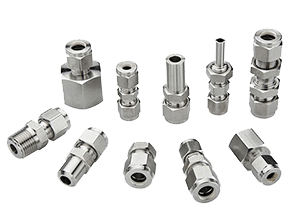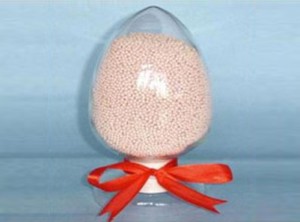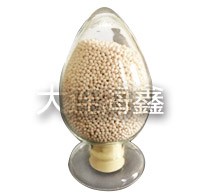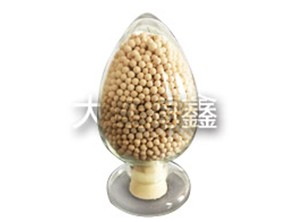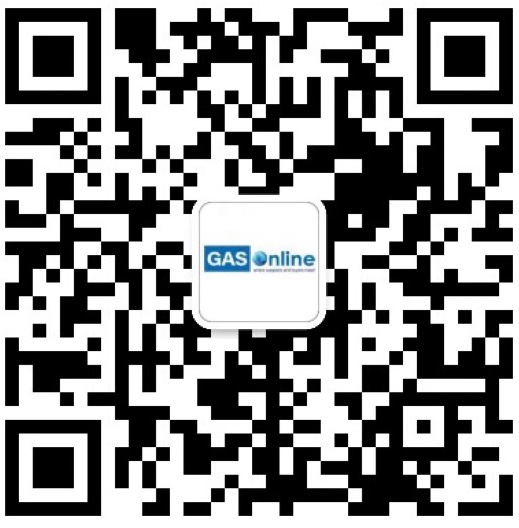Renewable hydrogen could contribute around 20% of global energy in 2050. Renewable power production will predominantly be through hydroelectric, wind, and solaroutes. Specialty gases and high purity industrial gases play a central role in enabling solar cell production for solar power generation. It is one of the stand-out industrial gases growth opportunities for the coming decade.
2020 was the year that the world became familiar with the concept of gigawatt hydrogen electrolyser projects. It was not so long ago that there was excitement about 10 MW electrolyser ‘demonstration projects’. A gigawatt is two orders of magnitude bigger than that. When examining the top 10 proposed renewable hydrogen electrolyser schemes, eight of these will be supplied with a mix of wind and solar power. Only the two projects in northern Europe where the wind blows strong, but the sun does not always shine, are exclusively wind-powered.
Six out of the top 10 projects are in the Asia-Pacific (APAC) region. Of those, five are in Australia, and the sixth is in China. These projects will be in regions where the wind and solar intensity combine to yield the optimum conditions for renewable power generation. This is the key to an economically attractive renewable hydrogen project. The benefit of minimising the input costs of power to the electrolyser far outweigh the hydrogen distribution costs.
There are several reasons that the cost of renewable power has fallen in recent years: PV and wind turbine technologies are becoming more efficient; larger projects are being executed to leverage economies of scale; higher production volumes for PV panels and wind turbines are driving down unit costs. However, the main reason that the average unit cost is falling globally is that large projects are being installed in parts of the world where the weather is ideal.
All eyes on China
As we have noted above, five out of the world ‘s biggest planned solar and wind to renewable hydrogen projects are in Australia. However, the geographic consolidation of solar cell production is even more intense.
Nine out of the world’s top 10 solar panel producers have production in China. And seven out of the top 10 solar panel producers are Chinese companies. The top four PV producers worldwide in 2019 were all Chinese: JinkoSolar, JA Solar, Trina Solar, and Longi Solar. Collectively, they produced solar panels with the potential to produce more than 40 GW of electrical power in 2019.
As with the growth potential for many other industrial gas applications such as coal gasification and mega-ASU projects, all eyes are on the Chinese market. In addition to the size of this market in China, its growth rate is phenomenal. The average growth across the Chinese producers in 2019 vs 2018 was 20% in solar panel shipments. The consumption of high purity and specialty gases rises almost in direct proportion to the factory output. When we compare that growth rate to almost all applications in mature markets in the Americas or Europe, it is clear to see where the industrial gases growth is coming from.
JinkoSolar started out in 2006 making wafers. Within 14 years, its annual turnover has grown close to $4bn. The company is likely to continue its growth due to technological leadership. It operates one of the industry’s largest R&D centres and certified solar panel testing facilities. As a result, it produces the most efficient P-type Poly PERC and Mono PERC solar cells, with conversion efficiencies of UV light to power of better than 22%.
Direct connections count
Direct coupling of a solar farm to a hydrogen electrolyser avoids transmission power losses and minimises congestion on the electricity grid. Solar power produces direct current (DC) power, and hydrogen electrolysers consume DC power. Direct coupling of the electrolyser to the solar farm also means that losses otherwise associated with the DC to AC conversion on an inverter to prepare the electricity for the grid, and then additional losses associated with the AC to DC electricity conversion on a rectifier to prepare the electricity for the electrolyser can be avoided. The capital costs of the inverter and rectifier are also eliminated from the project budget.
The reduced energy losses combine to give directly coupled PV-powered hydrogen electrolysers approximately 10% better performance than electrolysers fed from the electricity transmission grid, which carries AC power such as that produced by wind farms or hydroelectric schemes.
When producing hydrogen directly on the solar farm, there is no need for electricity transmission. However, it will be necessary to distribute the hydrogen to the application centres for transportation, heating, or industrial uses. This can be achieved using a diverse range of mechanisms ranging from high pressure compressed gas to liquefied hydrogen and pure hydrogen pipelines or with admixing into natural gas network pipelines.
More solar power…means more gas
The ramp-up in PV solar power projects is pulling for mass production of solar panels. These factories consume huge quantities of high purity industrial and specialty gases.
As with many manufacturing processes, the largest factories have migrated from high-cost western countries to low-cost locations in the APAC region such as India and China. Since the biggest solar projects are also in these regions, there is also a good fit here with the production and demand locations to minimise shipping costs and distances.
The gases used in PV manufacturing vary depending on the technology employed to manufacture the PV cells. Gas requirements for copper indium gallium diselenide and cadmium telluride technologies are largely bulk air gases such as nitrogen or argon. Crystalline or thin-film silicon requires a much wider combination of air gases, hydrogen, and specialty gases such as silane and ammonia. For some technologies, electronic specialty gas mixtures of arsine and diborane are also on the shopping list.
As an alternative to gas purchases, on-site generation is also used. At large scale, a cryogenic nitrogen generator can be used instead of bulk liquid nitrogen deliveries. A broader range of high purity air gases, including oxygen and argon, can be produced on a small air separation unit. High purity hydrogen can be produced using electrolysis of pure water followed by gas purification and drying. The specialty gas fluorine is also generated onsite for safety reasons.
Electrolysis for onsite fluorine
Within the PV panel manufacturing process, fluorine is used as a cleaning gas for thermal furnaces and for plasma-enhanced and thermal CVD tool dry-chamber cleaning. Fluorine is the ideal replacement for fluorine-bearing gases such as chlorotrifluoromethane, nitrogen trifluoride and sulfur hexafluoride and in these applications.
Each of these chemicals that fluorine is replacing has an extremely high global warming potential. To put their potential for environmental harm into context, per kilogram of gas, each one has more than 13,000 times the global warming potential that is associated with carbon dioxide.
Fluorine can be transported in large volumes either as a cryogenic liquid or as a compressed gas. However, safety concerns related to the storage and transportation of this very toxic and corrosive gas mean that fluorine is generally produced and consumed onsite. Fluorine is produced by electrolysis of anhydrous hydrogen fluoride to yield hydrogen gas at the cathode and fluorine gas at the anode. The process is like the electrolysis of water to produce hydrogen. However, hydrogen fluoride gas must be added continuously during electrolysis. Hydrogen fluoride is also toxic, but transportation as a liquefied gas under its own vapour pressure in nickel or nickel-plated steel cylinders with stainless steel valves is common.
- Chinese refining companies show signs of recovery post COVID-19 impact, says GlobalData Jun 03,20 14:49
- China's Major Gases Listed Companies’ Report the Performance of Revenue and Net Profit Varies Nov 17,20 15:40
- Post Covid-19: China’s innovation development of hydrogen and fuel cell industry Jun 03,20 14:25
- China-Myanmar pipeline grows in its appeal Jun 03,20 14:54
- Guanggang Gas acquires Linde Wuhu Carbon Dioxide Company Mar 16,21 13:47




